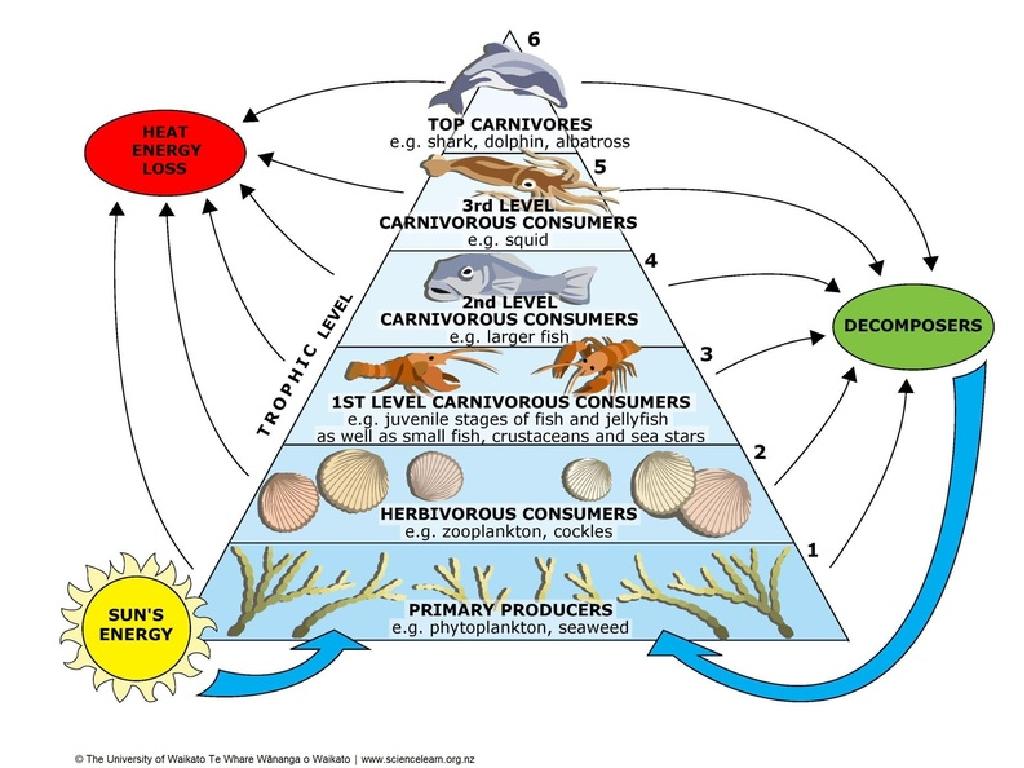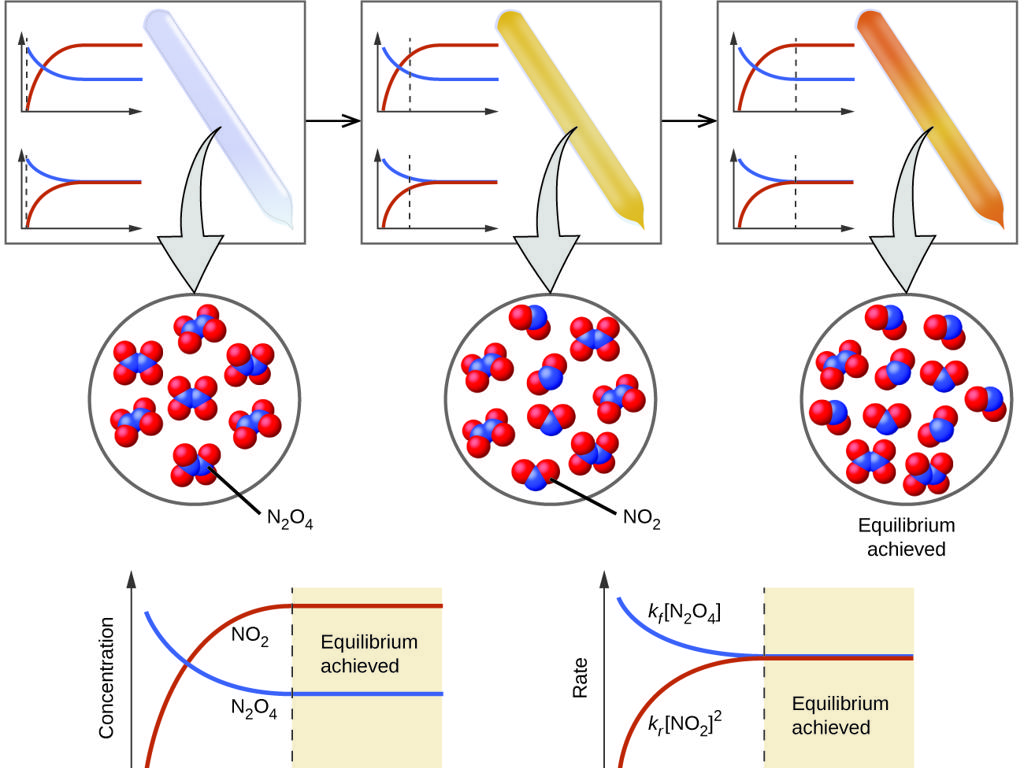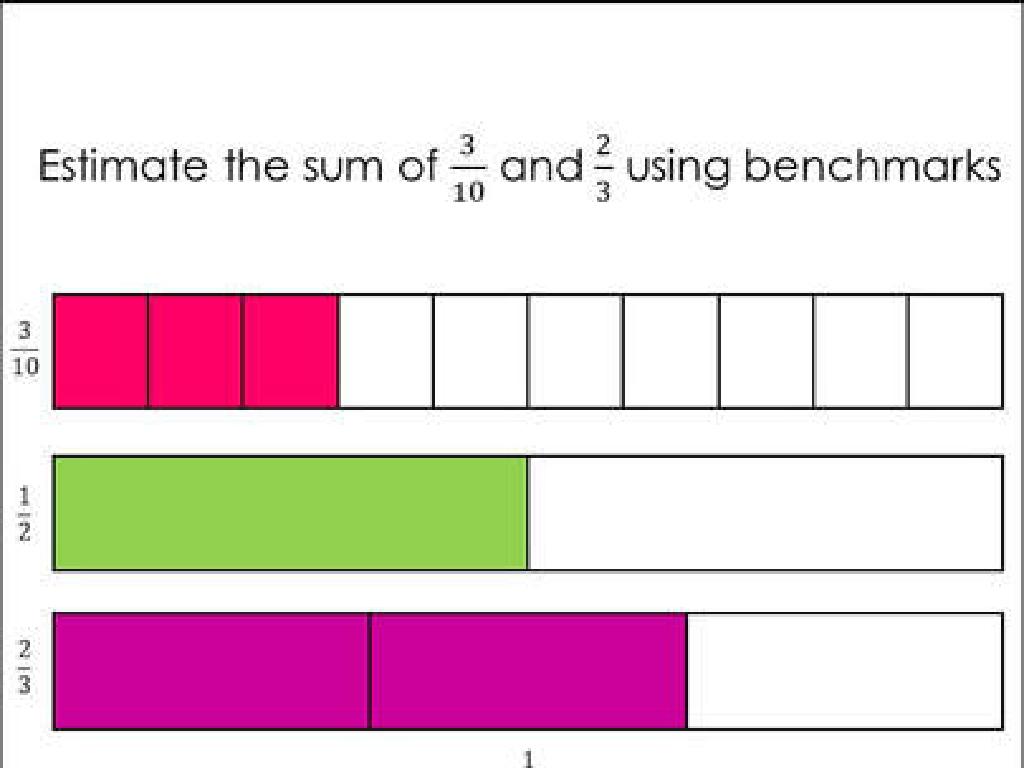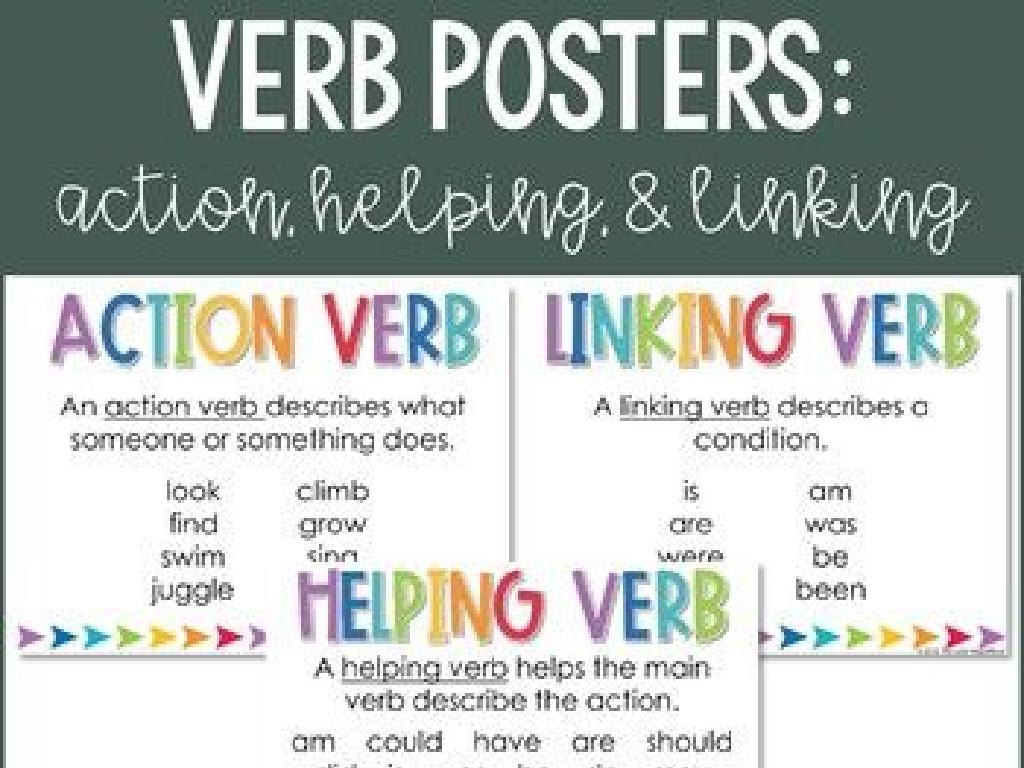Name Countries Of Europe: Region 1
Subject: Social studies
Grade: Eighth grade
Topic: Europe: Geography
Please LOG IN to download the presentation. Access is available to registered users only.
View More Content
Exploring Europe: Region 1
– Europe’s diverse geography
– A continent with varied landscapes, climates, and cultures.
– Why study European regions?
– Understanding regions helps grasp Europe’s complexity and history.
– Introduction to Region 1
– Region 1 includes countries such as France, Germany, and the Benelux.
– Key countries in Region 1
– Focus on France’s cultural influence, Germany’s economy, and Benelux’s political significance.
|
This slide introduces students to the geography of Europe, emphasizing the continent’s diversity. It’s important to convey why learning about different European regions is crucial for understanding the continent’s cultural and historical context. Today’s focus will be on Region 1, which includes key countries like France, known for its cultural landmarks; Germany, recognized for its economic power; and the Benelux countries, noted for their role in the European Union. Encourage students to think about how geography can influence culture, economy, and politics. This will set the stage for more in-depth discussions and activities related to the countries in Europe’s Region 1.
Understanding Geographical Regions
– Definition of ‘region’
– An area with definable characteristics but not always fixed boundaries
– Europe’s regional divisions
– Europe is divided into several regions based on cultural, economic, and geographical factors
– Characteristics of European regions
– Features like climate, language, and history shape a region
– Examples of Region 1 countries
– Countries like France, Germany, and Switzerland are part of Western Europe, Region 1
|
This slide introduces the concept of a ‘region’ in geographical terms, which is crucial for understanding how Europe is organized. A region is an area that is defined by certain characteristics, which can be physical, cultural, or political. These characteristics may include language, economic status, climate, or historical background. Europe is divided into various regions that reflect the continent’s diversity in these aspects. For example, Western Europe, or Region 1, includes countries like France, Germany, and Switzerland, which share similar economic systems, languages, and cultural practices. This slide sets the stage for a deeper exploration of European geography and the unique features of its different regions. Encourage students to think about what makes their own region unique as a way to connect with the material.
Exploring Europe: Region 1 Countries
– Identifying Region 1 countries
– Includes countries such as France, Germany, and Belgium
– Geographical location & borders
– Bordered by the Atlantic Ocean, Alps, and various rivers
– Diversity in Region 1
– Cultural, linguistic, and historical diversity
|
This slide aims to introduce students to the countries that make up Europe’s Region 1, focusing on their identification, geographical location, and the diversity they encompass. Students should learn the names of the countries, their relative positions on the map, and the natural borders that define the region, such as mountain ranges and bodies of water. Emphasize the rich cultural, linguistic, and historical differences within these countries, despite their geographical proximity. This will help students appreciate the complexity of European geography and the factors that contribute to regional identities.
Exploring Region 1: Country Profiles
– Brief profile of each country
– Capitals, languages, and unique facts
– Example: France, Capital: Paris, Language: French, Unique fact: It’s home to the world’s most visited museum, the Louvre.
– Interactive map activity
– Use an online interactive map to find countries
– Engage with European geography
|
This slide aims to introduce students to the countries of Europe’s Region 1. Start by presenting a brief profile of each country, including its name, capital city, official language, and an interesting fact that makes it unique. For instance, you might mention that France’s capital is Paris, the official language is French, and a unique fact is that it houses the Louvre, the most visited museum in the world. Following the profiles, engage students in an interactive map activity where they will locate each country on a map of Europe. This will help them visualize the geography of the region and understand the spatial relationships between countries. Encourage students to explore the map and make connections with the profiles they’ve learned. This activity will not only help in memorizing the countries but also in understanding their cultural and geographical context.
Cultural Significance of Europe: Region 1
– Explore cultural diversity
– Region 1 boasts a rich tapestry of languages, arts, and customs.
– Geography’s impact on culture
– Mountains, rivers, and climate shape local lifestyles and traditions.
– Cultural events in Region 1
– Festivals like France’s Bastille Day or Spain’s La Tomatina.
– Cuisine and traditions
– From Italian pasta to Belgian chocolates, food is central to cultural identity.
|
This slide aims to highlight the cultural richness and diversity of Europe’s Region 1, which includes countries like France, Spain, Italy, and Belgium. Emphasize how the unique geography of each country has influenced its culture, from the Alps shaping alpine traditions to the Mediterranean diet being a product of the coastal climate. Provide examples of well-known cultural events and festivals that students might recognize, and discuss the famous culinary traditions that have emerged from the region. Encourage students to think about how the physical landscape of where they live might influence their own local culture.
Economic and Political Features of Europe: Region 1
– Region 1’s economic activities
– Agriculture, manufacturing, and tourism are key sectors.
– Political systems overview
– From democracies to monarchies, a diverse political landscape.
– Role in the European Union
– Many are EU members, influencing policies and economics.
– Impact on global economy
|
This slide aims to provide students with an understanding of the economic and political characteristics of European countries in Region 1. Discuss the main economic activities such as agriculture in France, car manufacturing in Germany, and tourism in Italy. Highlight the variety of political systems present, from the parliamentary systems to constitutional monarchies. Explain the significance of the European Union and how member countries from Region 1 contribute to and are affected by EU policies. Lastly, touch upon how these countries’ economies play a vital role in the global market. Encourage students to think about how these factors influence daily life in these countries and their interactions with the rest of the world.
Class Activity: Mapping Europe Region 1
– Label Europe Region 1 countries on a map
– Discuss geographical literacy significance
– Understanding geography helps comprehend global relationships and issues
– Pair up for country research and presentation
– Each pair selects a country, investigates its history, culture, and geography
– Engage with Europe’s diverse cultures
– Learn about traditions, languages, and the way of life in different European countries
|
This activity is designed to enhance students’ understanding of European geography by actively engaging them in the learning process. Students will start by labeling countries in Europe’s Region 1 on a map, which includes countries such as France, Germany, and Italy. Emphasize the importance of geographical literacy as a tool for understanding current events and global dynamics. In pairs, students will then select one country from the region to research in-depth. They should look into the country’s history, culture, geography, and any unique aspects that stand out. This activity will culminate in a presentation where students share their findings with the class, allowing for a rich exchange of knowledge and fostering a deeper appreciation for Europe’s diversity. Provide a list of countries in Region 1, access to research materials, and guidelines for the presentation. Possible activities for different pairs could include creating a cultural fact sheet, designing a travel brochure, or preparing a short skit about a significant historical event from their chosen country.
Conclusion: Exploring Europe Region 1
– Recap of Europe Region 1
– Reviewed countries like France, Germany, and Italy
– Reflection on learning outcomes
– Discussed cultural, geographical, and political aspects
– Introduction to Europe Region 2
– Next lesson will cover Eastern European countries
– Encouragement for further study
|
In concluding today’s lesson, we revisited the countries of Western Europe that make up Region 1, including France, Germany, and Italy, among others. We reflected on the diverse cultures, languages, and landscapes that characterize this part of Europe, as well as the significant historical and political developments that have shaped these nations. Looking ahead, we will explore Europe Region 2, focusing on Eastern European countries, delving into their unique cultures and histories. Encourage students to review the material covered today and to come prepared with questions or insights for the next class. This will help solidify their understanding and foster a continuous learning environment.






